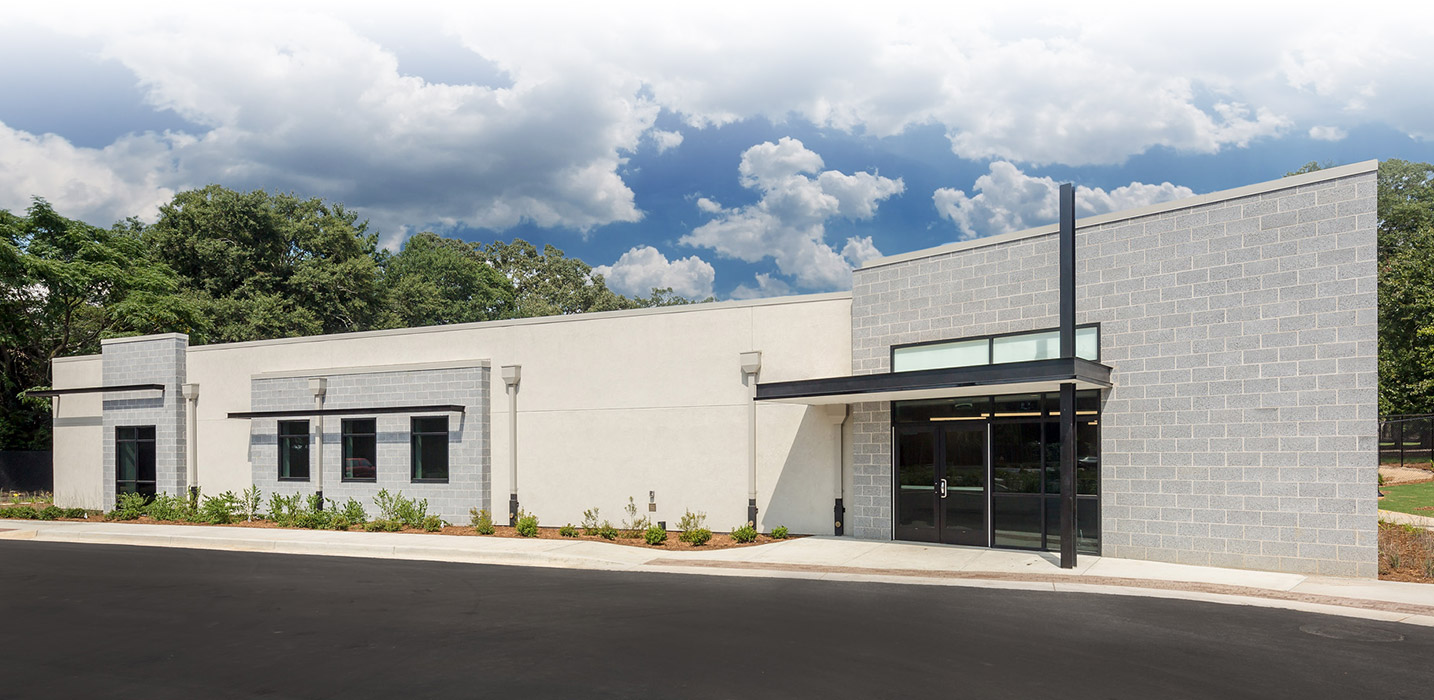Conducted November 4 – 8, 2019, Operation Wesley was the largest mock Ebola patient transportation exercise to date. Dr. Curt Harris, IDM director and principal investigator for the project, gives more insight into the experience:
What led to the development of this exercise? How long was the process – from the original idea to the final execution?
Harris: This exercise is the culmination of years of planning and actual response to the 2014 West African Ebola Virus Disease (EVD) outbreak. EVD had never been a major concern in the U.S. as the disease was not endemic geographically. That all changed in December of 2014 when the CDC confirmed the first travel-associated case of EVD in the US. The initial diagnosis was almost immediately followed by positive tests for two healthcare workers that had cared for the index case. This event, along with others who were transferred to U.S. healthcare facilities following exposure to EVD while working in West Africa, identified an immediate need for training and education on emerging serious communicable diseases.
The U.S. was fortunate in the outbreak of 2014 that it never became unmanageable in terms of patient volume for our healthcare facilities to be able to handle. The idea of this exercise is, “What if that happened?” What if the outbreak was so out of hand that all of the treatment and assessment beds were filled with EVD patients? Can we handle that scenario? So, the goal is to test the collective response capabilities of our pre-hospital and healthcare providers in Health and Human Services Region IV. The planning for this exercise began in August of 2018 and will conclude in January of 2020.
What kind of insights can an exercise like this provide? Can it contribute to preparedness for other types of public health emergencies other than infectious disease?
Harris: Exercises are invaluable resources that allow organizations and individuals the opportunity to practice their plans, policies and procedures in a no-fault environment. This exercise is essential for many of our participants in the pre-hospital and healthcare arenas due to fact that very few of them have had an actual patient. As operational gaps from the exercise are identified, participants will update and strengthen their plans, policies and procedures; have a better understanding of community partnerships; and more fully understand the entirety of the process and players involved.
This exercise will definitely contribute to preparedness for other types of public health emergencies. The Georgia Department of Public Health is to be commended for utilizing the preparedness dollars they received for Ebola over the last five years and building an Infectious Disease Network for the state. There are a set of skills that have been developed by pre-hospital and healthcare providers in Georgia that are ubiquitous for other infectious diseases. The personal protective equipment, signs and symptoms, and precautions may differ; but the foundational understanding of protection of self and equipment, prevention of the spread of disease and notification procedures remain the same.
With the current Ebola outbreak being in the Democratic Republic of the Congo, how substantial is the threat of an Ebola outbreak in the U.S.? Are there other infectious diseases to be concerned about?
Harris: The DRC is currently dealing with the world’s second largest EVD epidemic on record. However, this outbreak is unique because there are significant access and security concerns in the area that has stagnated a full humanitarian response. Fortunately, for the rest of the world, this epidemic has been mostly contained in the DRC with only one case moving into Uganda that was quickly identified at a border screening and no contact was made with any Ugandan citizens. While the U.S. should remain vigilant to the current epidemic, the current threat to the U.S. remains low to receive a traveler and/or patient with EVD.
There are certainly other diseases U.S. citizens should be currently concerned about. These include, but are not limited to: measles, various strains of influenza, various strains of hepatitis, legionellosis, mumps, pertussis, HIV, meningitis, tuberculosis, acute flaccid myelitis, and others.
What have been the biggest challenges in the process of preparing for and executing this exercise? What has been most rewarding?
Harris: I would say the biggest challenge has been the logistics of coordinating all the players from the various states and federal government into one, week-long period of exercising. I do not believe the general public, and many of the exercise participants, fully understand the volume of coordination required to receive, transport, and treat a single EVD patient. When you multiply that by a factor of 10 or more, the difficulty is exponentially increased.
The biggest challenge has also been the most rewarding portion. To see all the players come together for a common goal of protecting U.S. citizens and advancing the science of how we treat global diseases has been amazing to watch. The effort put forth by our team at UGA, the Georgia Department of Public Health, Health and Human Services Assistant Secretary for Preparedness and Response, pre-hospital and healthcare partners, and other states in HHS Region IV has been nothing short of amazing. I am very proud that UGA IDM had the opportunity to lead this initiative.

